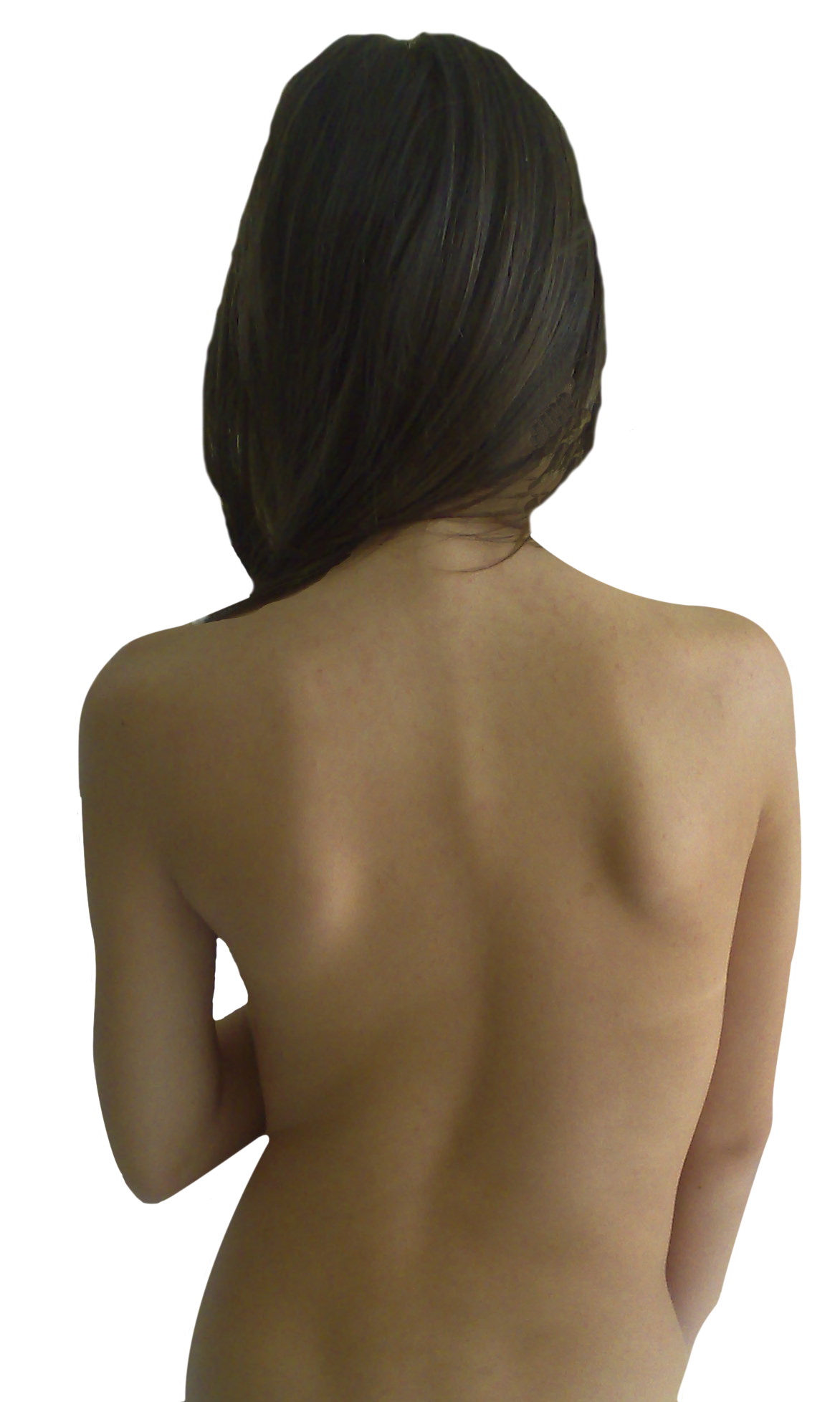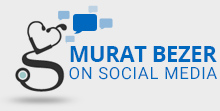Scoliosis

What is scoliosis?
Scoliosis is a medical condition in which a person's spine has a sideways curve while it should be straight when viewed from behind. While it has many types, idiopathic scoliosis (with unknown origin) is the most common type. Other common types include congenital (innate) and neuromuscular (neural and/or muscular) scoliosis.
How to detect scoliosis?
Even though the spine is curved, the head is often centered. So it may be difficult to detect when viewed from outside if the pain is not so intense. The real job falls on the parents’ shoulders. Scoliosis can be detected with a 30 seconds examination and can be easily treated with early diagnosis.
Who suffers from scoliosis?
More women have scoliosis than men. There are many evidences that it is inherited.
Does scoliosis cause pain?
Not all types of scoliosis cause soreness. A wide angle in scoliosis does not necessarily mean that it inflicts pain. The main reason for this is the variety of scoliosis.
Corsets for Scoliosis
The only types of treatment that are proved to be successful in scoliosis are surgical and bracing (using corsets). There are no evidences for supplementary treatments like yoga, pilates or other exercises. The best results for brace treatment can be obtained by early diagnosis and for curvatures with slow progression. Bracing is not expected to stop wide-angle curvatures. Brace treatment works better for single-curved scoliosis in dorsal area compared to double-curved ones. Most braces are used over cotton t-shirts and allow wearing clothes over them. Physical activities are mostly restricted while using corsets.
What is Dynamic Corrective Brace?
SpineCor is a dynamic and flexible brace rather than a stiff one. It has many advantages owing to this feature. It protects bodily movements and allows the development of growth during normal daily activities. It can easily be worn under garments and does not cause a change in the patient’s appearance. Thus, it increases the patient’s acceptance of treatment. It also helps removing the problems based on disorder of stance.
Does every scoliosis patient need surgery?
The limit for surgical treatment is 50 degrees and above. However, there might be cases that necessitate surgical operation for curvatures less then 50 degrees.
The process of scoliosis surgery
The surgery has different types just as scoliosis has. It varies by the type of scoliosis, age of the patient and angle of the curvature. After detailed examination and necessary analyses, surgical operation corrects the patient’s spine by fusing and uniting the vertebrals. Sometimes another curve is created in the lower segment in order to balance off the upper curve. Operations in which the patient is diagnosed early and the spine is still flexible involve a special technique for correcting the upper curvature and letting the lower curvature correct itself. So the lower segment is not freezed and a greater mobility is obtained by freeing some segments in the spine.
Growing rods are used instead of freezing process for patients that have fully formed spines. A process of lengthening in operating room environment is realized with six-months intervals.
Parallel to the recent developments in the world, a new technique involving “magnetically (remotely) controlled growing rods” is being successfully applied in our country for patients that have a growing spine. Owing to this technique, children are freed from the stress of surgery and narcosis in every 6 months. The lengthening process for patients who use these special rods is realized in clinical environment with three-months intervals. This technique, which is very important for patients and their families, is frequently applied by our spine center.
Some patients who have an extreme curvature may rarely need an extra surgical operation with anterior/ventral (frontal) approach.
How is the postoperative period of scoliosis?
Patients are often discharged from hospital within 3-5 days following the operation. They return to their routine activities like going to school in a very short time.








